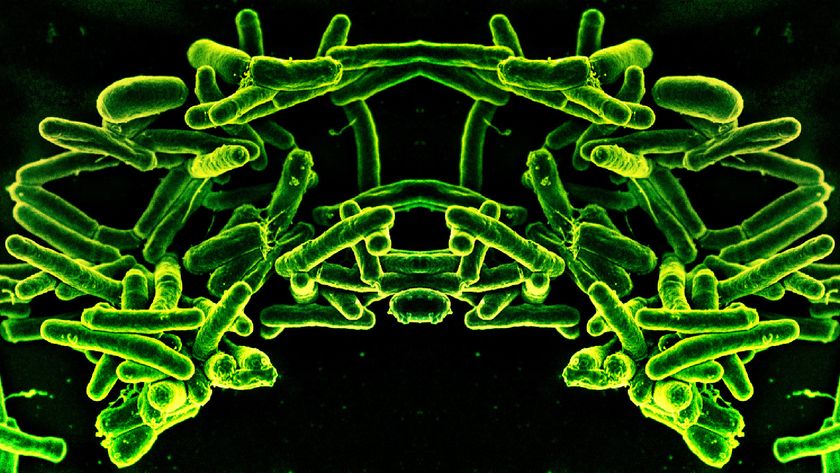'Good' Bacteria Lacking in City Homes

People who live cities may have less exposure to certain "good" bacteria that promote health, a new study suggests.
The researchers found that homes in urban areas in South America tended to have lower levels of certain microbes commonly found in the environment, compared with homes in rural areas. These microbes have co-evolved with humans, and so the microorganisms could be important for human health.
However, homes in urban areas had higher levels of microbes associated with human presence, which could potentially mean an increase in the transmission of the bacteria that cause disease, the researchers said.
For now, the researchers don't know with certainty whether the differences in bacterial composition found in the new study may affect people's health, said study author Maria Gloria Dominguez-Bello, an associate professor in the Human Microbiome Program at the New York University School of Medicine.
But much evidence from previous studies has shown a link between a "low exposure to environmental bacteria and high incidence of allergic diseases," Dominguez-Bello told Live Science. This idea, sometimes called the hygiene hypothesis, holds that living in relatively sterile environments may lead to the higher rates of immune and metabolic illness such as asthma and diabetes seen in modern populations in developed countries.
In the new study, researchers looked at homes in four locations in South America that had different degrees of urbanization: an isolated village in a jungle, a rural community, a midsize town and a larger city. The scientists collected microbial samples from households in each of these locations by swabbing the walls and floors of kitchens, bedrooms, bathrooms and living rooms. [Body Bugs: 5 Surprising Facts About Your Microbiome]
The researchers found that they could actually tell which type of living space a given bacterial sample had come from just by analyzing the microbes in the sample.
Sign up for the Live Science daily newsletter now
Get the world’s most fascinating discoveries delivered straight to your inbox.
The differences were seen in the varied composition of the bacterial communities that came from households in more urbanized versus less urbanized areas. However, there were no differences in the bacterial diversity or the total number of species found in the different areas, the researchers noted.
Although the homes in more urbanized areas typically had fewer human occupants than those in less urbanized areas, the urban homes also had increased levels of bacteria associated with human presence. This could include those bacteria found in the human skin.
In contrast, households in less urbanized areas had higher levels of environmental bacteria, such as those found in soil.
These differences in the bacterial composition seem to stem from differences in the way the various types of dwellings are designed, the researchers said. For example, in some households in the rural areas, the floors were made of dirt, and the walls were wood columns. Conversely, homes in more urbanized areas had walls and floors made of synthetic materials, and the dwellings were more isolated from the outdoor environment. This may explain the lower levels of environmental bacteria in those homes, the researchers said.
However, the new study was small and was limited to one geographical region, and therefore it is not clear whether the results would also apply to other regions, the scientists said. More research is also needed to examine the mechanisms behind the urbanization-related differences in bacterial composition in homes, the researchers said.
The new study was published Friday (Feb. 12) in the journal Science Advances.
Follow Agata Blaszczak-Boxe on Twitter. Follow Live Science @livescience, Facebook & Google+. Originally published on Live Science.












